When it comes to selecting a diamond, clarity is essential, as it dictates the beauty and price of the stone. Clarity grading ranges from ‘FL’ (flawless) to ‘I3’ (included), and any inclusions or blemishes present will affect its value. It’s important to understand these points when making your decision, as they will help determine the rarity and cost of the diamond.
Table of Contents
VS2 and VVS2 Clarity: Overview
A diamond’s clarity is categorized according to several grades, with two of the most common being VS2 and VVS2.
VS2 Clarity: VS2 stands for “very slightly included.” A diamond of VS2 clarity appears clean and pristine to the untrained eye. Nevertheless, upon closer inspection under 10x magnification, traces of inclusions can be discerned—a testament to its quality and craftsmanship.
VVS2 Clarity: VVS2 stands for “very, very slightly included.” This grade indicates that the diamond has extremely minute inclusions that are also visible only under 10x magnification. Like the VS2 clarity grade, VVS2 diamonds appear flawless to the naked eye.
VS2 Diamonds
Diamonds with a VS2 clarity grade offer the perfect balance between quality and cost-effectiveness. Visible under 10x magnification, these gems flaunt subtle inclusions that don’t detract from their exquisite beauty when observed by the naked eye. Thus, they are the ideal choice for those seeking diamond perfection without sacrificing on budget.
When investing in a VS2 diamond, it is wise to entrust the assessment to an experienced gemologist. Using sophisticated technology and highly-advanced magnification techniques, professionals can accurately determine the clarity grade of the diamond. To guarantee authenticity and quality, one should always source from reliable vendors with certified gemologists.
VS2 diamonds typically have the following characteristics and inclusions:
Minor Inclusions: VS2 diamonds often contain faint inclusions such as crystals, feathers, or clouds that can influence its clarity and aesthetic.
Variety of Inclusions: The placement and visibility of inclusions depend on the particular diamond. Depending on the stone, a VS2 clarity may have centrally-located or peripheral imperfections.
Eye-clean: Adorned with minimal inclusions, VS2 diamonds often appear “eye-clean” to the untrained eye, though a magnifying lens will reveal their subtle yet captivating imperfections.
VVS2 Diamonds
Boasting impeccable clarity, VVS2 diamonds feature miniscule inclusions that are only visible under 10x magnification. Even then, with careful scrutiny, a gemologist may have to examine multiple facets of the diamond before they can identify a transparent twinning wisp, a white feather, or pinpoints. Ranked one grade lower than VVS1 and one higher than VS1 on the clarity scale, VVS2 diamonds are among the top tiers for visual perfection.
Here are some key characteristics and inclusions commonly found in VVS2 diamonds:
Almost Flawless: Expertly cut and polished, VS2 diamonds boast a remarkable clarity that is only perceptible under close scrutiny. To the untrained eye, they appear almost blemish-free, presenting an impeccable sparkle and brilliance.
Pinpoint Inclusions: VVS2 diamonds boast small, pinpoint inclusions, which are barely discernible crystalline structures that impart a unique beauty to the stone.
Minor Cloudiness: Certain VVS2 diamonds may exhibit a slight hazy appearance, resulting from multiple minuscule inclusions dispersed throughout the stone.
VS2 and VVS2 Diamonds: Differences
Impactfulness
When considering diamond clarity, a VS2 grade typically has more inclusions than one classified as VVS2. Gemstones with a VS2 grade are likely to contain various inclusion types such as etch channels, indented naturals, black spots, and twinning wisps, usually five or more. This can be off-putting for those seeking a diamond for an engagement ring, where the clarity grade should be at least VS1, whereas SI2 or I1 diamonds may be an acceptable option for other jewelry pieces due to their small size.
Brilliance
VVS2 diamonds boast superior fire and brilliance compared to those with lower clarity grades. This is due to the lack of inclusions that could potentially interfere with how light reflects off its facets. Even if a diamond has an excellent or very good cut, inclusions can still be detrimental by preventing light from effectively bouncing around in the diamond and being returned to the viewer. However, in a VVS2 diamond, inclusions are generally too small to have a visible effect.
Price
For a well-made diamond with near-perfect clarity, you may find yourself paying a premium. As you ascend the clarity scale from I3 and SI2 to Internally Flawless (IF) and Flawless (FL), expect to fork up an extra 10-15 percent per step.
For example, when looking at 0.90 carat round cut diamonds with Color F and Ideal Cut characteristics, a VS2 diamond ranges in price from $5,850-$7,830 while a VVS2 diamond can set you back from $6,820-$9,450. Make sure to compare prices between diamonds of equal quality for an informed purchase.
Availability
As you start your journey into the diamond market, you will quickly discover that VS2 clarity grades are popular for good reason. Representing the top 10-15% of diamonds, VVS2 gems have a rarity that is only matched by the price premium attached to them; this oftentimes leads customers to opt for a still eye-cleaning VS2 diamond.
On the other hand, brick-and-mortar jewelers tend to keep larger stocks of VS2 stones due to their higher demand. Though it is worthwhile to consider the inclusion of less particularly flawless diamonds, most buyers would prefer to avoid any inclusions that are visible to the naked eye.
VS2 and VVS2: Which One Should You Pick?
When shopping for a diamond, it is vital to understand the differences between VS2 and VVS2 grades, as they indicate variant levels of inclusions. If you seek a brilliant diamond that may appear flawless to the eye but costs less, then the VS2 grade should make an ideal choice – especially if it weighs below two carats.<br/>However, if you are willing to pay extra for a minimum degree of inclusions and wish to acquire a diamond above two carats, the VVS2 grade would be your tops choice. Ultimately, researching into various clarity grades is sure to help you find the perfect stone for your ring.
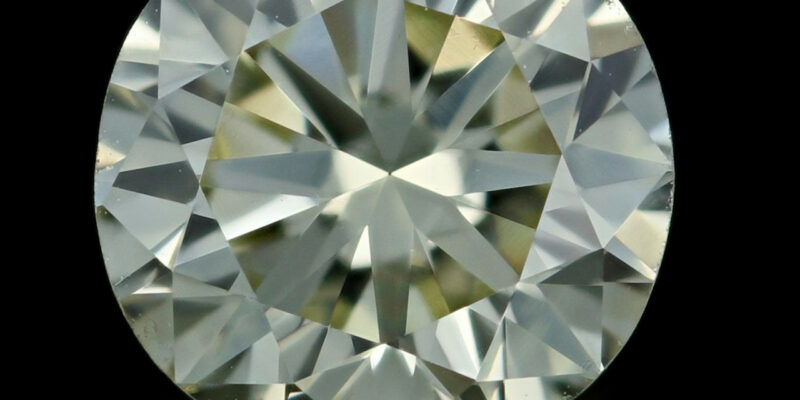
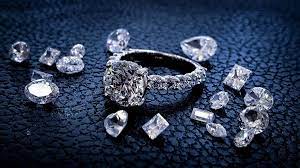
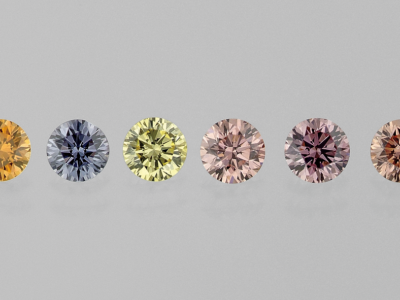
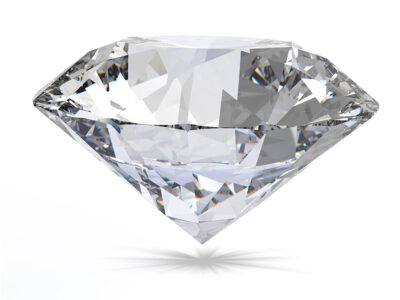

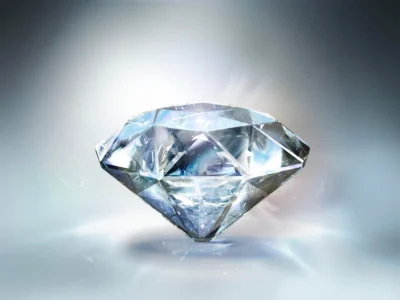
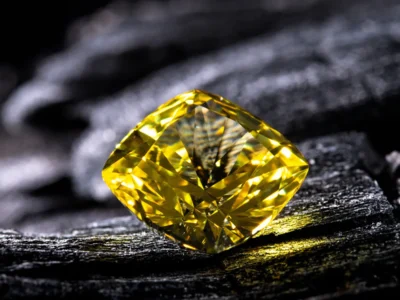
Comments